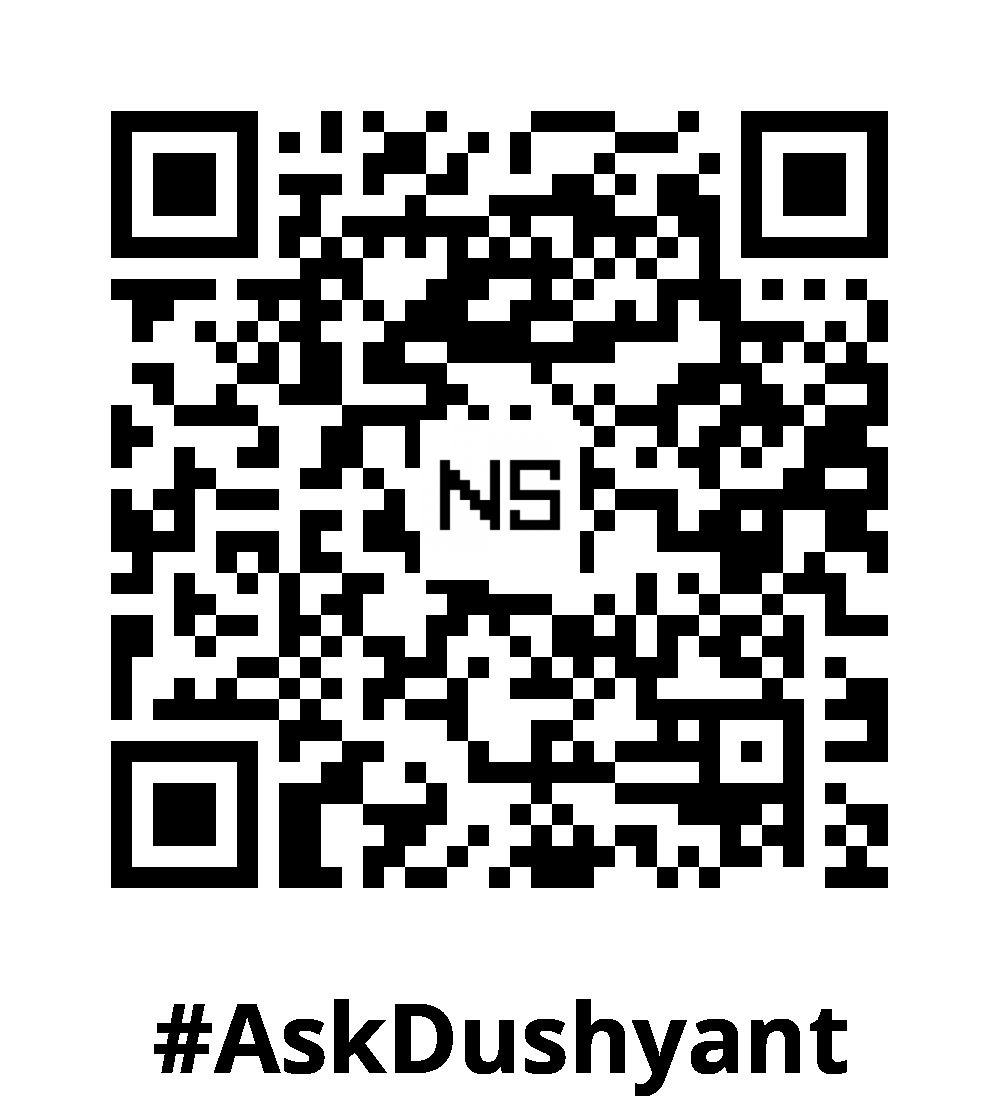For every programmer, the dreaded bug is a constant companion. It can lurk in the shadows of seemingly perfect code,causing erratic behavior and sending you down a rabbit hole of frustration. But fear not in this tech blogpost we explore debugging, though challenging, can be an art form – a dance of logic, patience, and a dash of intuition. Equipping you with the tools and mindset to transform from a bug-battered coder to a debugging maestro.
The Debugging Mindset: Embrace the Challenge
Before diving into specific techniques, let’s address the mental approach. Debugging isn’t a chore; it’s a puzzle to be solved. Approach it with curiosity, not dread. Here are some key aspects to cultivate:
- Patience: The debugging journey can be time-consuming. Embrace the process, and don’t get discouraged by initial roadblocks.
- Systematic Thinking: Break down the problem into smaller, more manageable steps. Think logically about the code’s flow and identify potential points of failure.
- Attention to Detail: A single misplaced semicolon or a typo can wreak havoc. Train your eye to spot these subtle errors.
- Experimentation: Don’t be afraid to try different approaches. Sometimes, a well-placed print statement can illuminate the issue.
The Tools of the Trade: Your Debugging Arsenal
Every programmer has a debugging toolkit at their disposal. Let’s explore some essential weapons:
- Printers and Debuggers: IDE inbuilt or plugin programming language debuggers allow you to inspect variables, set breakpoints, and step through your code line by line, providing invaluable insight into the code’s execution.
- Logging: Strategically placed log statements can capture data at different points in your code, helping identify where things go wrong.
- Version control (Git): Git lets you rewind time and compare different versions of your code. This can be crucial for isolating when a bug was introduced.
Advanced Techniques for the Discerning Debugger
Once you’ve mastered the basics, elevate your debugging game with these advanced tactics:
- Rubber Duck Debugging: Explain your code to an imaginary audience (eg. rubber duck or bear toy ). Often, the act of verbalizing your thought process can expose flaws in your logic.
- Divide and Conquer: Isolate the problematic section of code by commenting out portions and observing the behavior. This can pinpoint the culprit more quickly.
- Leverage Community Resources: Don’t be afraid to seek help from online forums or communities. Stack Overflow is a goldmine for debugging solutions and insights from fellow programmers.
Remember: Debugging is an iterative process. You may need to revisit the same steps multiple times, refining your hypotheses and applying new techniques. Celebrate small victories, and eventually, you’ll transform the frustration of bugs into the satisfaction of a well-functioning program.
Bonus Tip: Take care of yourself! Debugging can be mentally taxing. Take breaks, get some fresh air, and come back to the problem with renewed focus.
My Tech Advice: Let’s face it, debugging code isn’t exactly a walk in the park. Staring at lines of code, hunting down that elusive error, can feel like hitting a brick wall sometimes. But with some practice and the right approach, debugging can become a rewarding challenge, a chance to truly understand the inner workings of your program and become a better coder overall. By adopting the right mindset, wielding the essential tools, and employing these advanced techniques, you’ll be well on your way to becoming a debugging master. Remember, the next time a bug rears its ugly head, don’t despair – embrace the challenge and embark on the rewarding journey of debugging!🧑🏻💻
#AskDushyant
#programming #softwaredevelopment #debugging #bugfixing #coding #developer #problem-solving #codingtips #programmingtips #softwareengineering


Leave a Reply